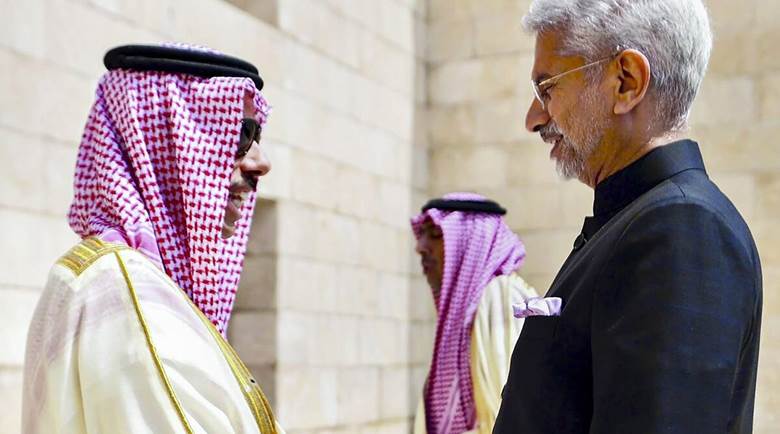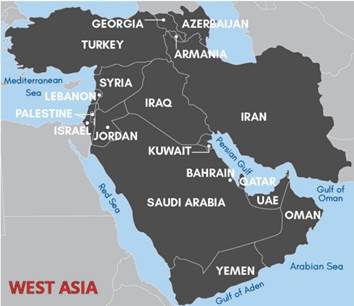Free Courses Sale ends Soon, Get It Now


Free Courses Sale ends Soon, Get It Now



Copyright infringement not intended
Context: Emphasising the importance of strategic economic ties between India and Saudi Arabia, External Affairs Minister S Jaishankar said that the collaboration holds the “promise of shared growth, prosperity, stability, security and development”.
Details:

© 2024 iasgyan. All right reserved